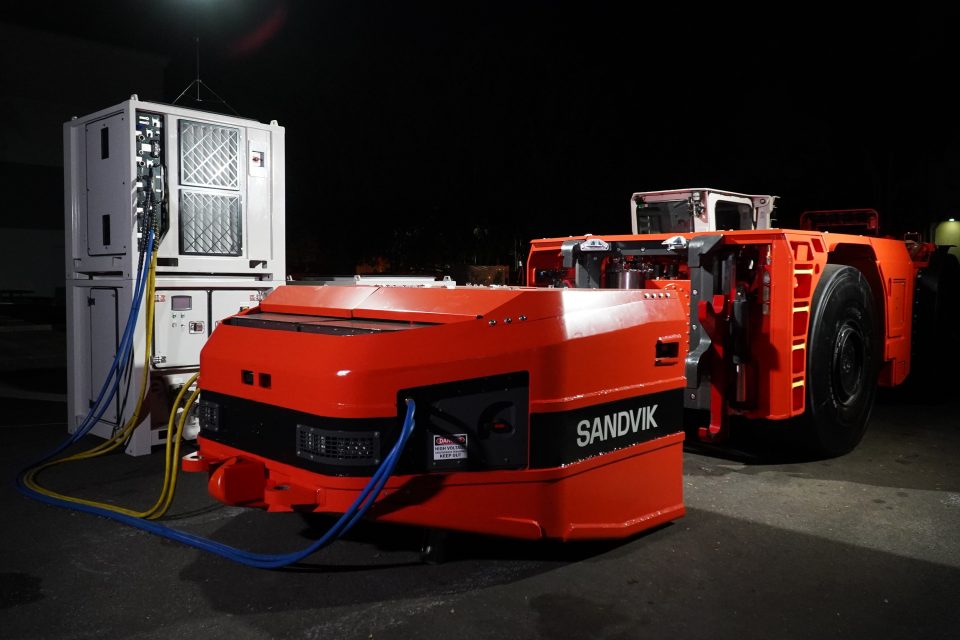In the mine of the future, battery electric vehicles (BEVs) are poised to play a leading role in improving health and safety, boosting efficiencies and achieving sustainability goals.
With BEV technology at their disposal, southern African mines are now able to consider how to prepare themselves to best advantage, argues Deon Lambert, business line manager for load and haul at Sandvik Mining and Rock Solutions.
“For mines who are working towards carbon neutrality, there are options to combine on-mine renewable energy generation with BEVs,” says Lambert. “In countries where grid power is unreliable, this strategy also holds the promise of more streamlined and uninterrupted operations.”
With a solid reference base of its battery-powered LHDs and trucks already operating in the field, Sandvik Mining and Rock Solutions has made considerable progress in introducing BEV technology into mines. From 4 t LHDs in 2 to 3 m tunnels to 65 t trucks in 5 to 6 m tunnels, the BEV proposition is well-proven. The key, he says, is to ensure that there is the right level of site readiness before bringing any innovation into an existing process.
“For instance, it is clear that BEVs cannot on their own improve on the carbon footprint of an older, cable-trailing fleet if the mine’s source of electricity is still a coal-fired power grid,” he notes.
Key to the enabling infrastructure for a productive BEV fleet is the necessary expertise for maintaining and servicing all technical aspects to achieve the expected performance levels. This process of skills development is well underway among Sandvik Mining and Rock Solutions people in southern Africa, and will be rolled out into an upskilling process for customer personnel.
“An advantage of our technology and design is that we minimise the new infrastructure that mines need to put in place to run our BEVs,” he says. “Our LH518B underground loader, which will soon be introduced to this region, needs no cranes or forklifts to change the battery, for example.”
Equipped with Sandvik’s patented AutoConnect and AutoSwap functions, the loader can change batteries on its own in just six minutes. Similarly, the battery charging facilities – complete with cooling component – can be readily moved and installed to suit the location of the fleet. The charger is also designed to have only a light impact on the mine’s electrical network.
Lambert also highlights the importance of the extended technical support that Sandvik Mining and Rock Solutions can offer to mining customers who employ BEVs for the first time. Service level agreements can include close monitoring and maintenance of equipment, and options such as batteries-as-a-service rather than purchasing batteries.
“The entry of BEVs into our market is an exciting development for the future of mining,” he says. “To fully leverage its value, though, we need strong partnerships at mine level for mines and suppliers to succeed in this technological journey together.”



